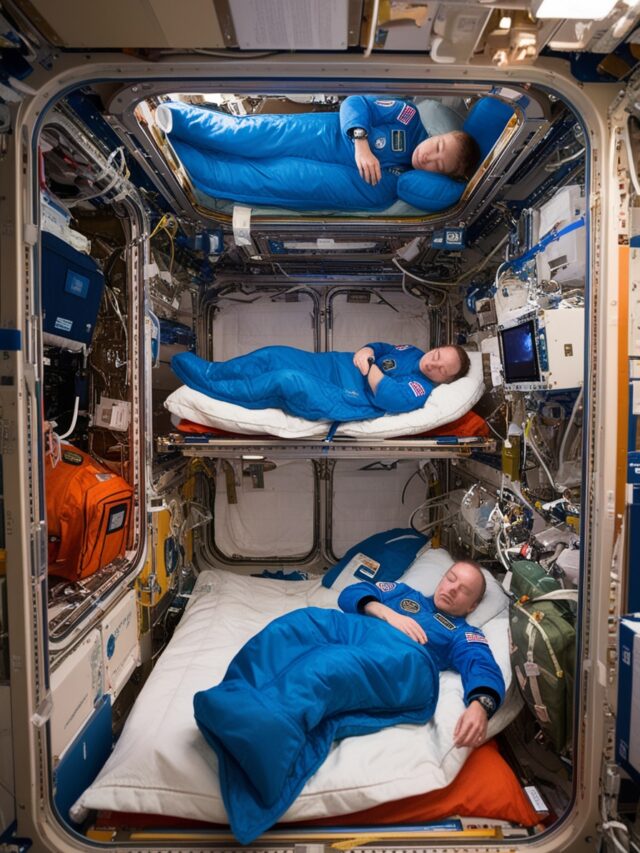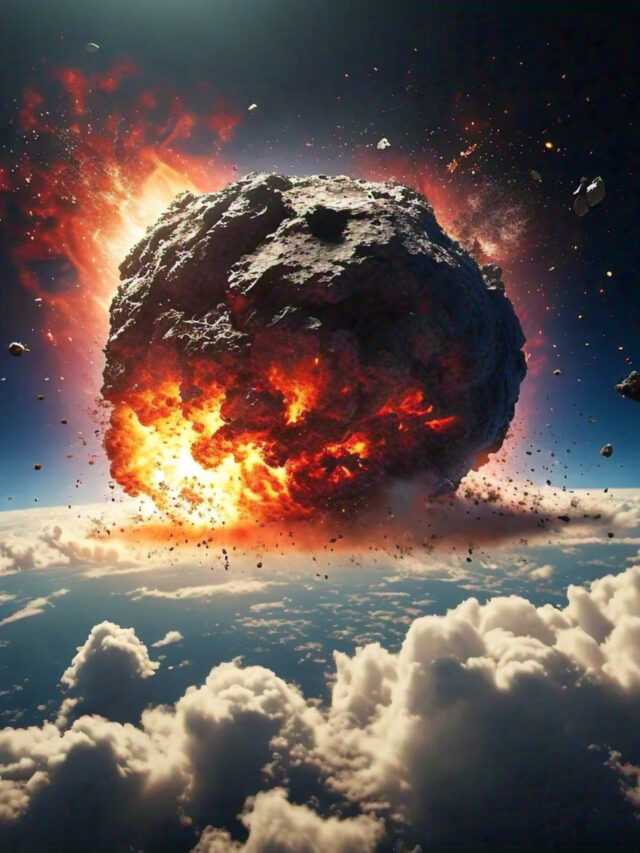
1. Which of the following statements is incorrect about the Lysosome?
- It helps in the synthesis of protein
- It acts as a dispatch station of protein products received from the endoplasmic reticulum (ER)
- It is a membrane-bound organelle found in plant as well as animal cells
- It is also called the suicidal bag of the cell
Show Answer
Answer: It helps in the synthesis of protein
The Golgi apparatus serves as a pivotal dispatch station for protein products received from the endoplasmic reticulum (ER). Within this organelle, proteins undergo crucial modifications, sorting, and packaging into vesicles, facilitating their transport to specific destinations within or outside the cell. Lysosomes, membrane-bound organelles containing enzymes, earn the moniker “suicidal bags” due to their capability to digest their own cell if cellular metabolism is disturbed. While more commonly associated with animal cells, it’s noteworthy that some plant cells also contain lysosomes, although they are less prevalent.
2. Which of the following is not present in animal cells?
- Ribosomes
- Cytoplasm
- Cell walls
- Mitochondria
Show Answer
Answer: Cell walls
In contrast to plant cells, animal cells lack cell walls. The structural support in animal cells is provided by other elements, yet organelles like mitochondria, ribosomes, and cytoplasm are shared components present in both animal and plant cells, contributing to various cellular functions.
3. Which of the following protects the body against infectious disease and foreign invaders?
- Red blood cells
- Endoplasmic reticulum (ER)
- You
- Leukocytes
Show Answer
Answer: Leukocytes
White blood cells (WBCs), known as leukocytes or leucocytes, play a crucial role as immune system cells protecting the body against infectious diseases and foreign invaders. These cells originate from multipotent cells in the bone marrow known as hematopoietic stem cells.
4. What is a chloroplast without cell wall called?
- Protoplast
- Photoplast
- Aleuroplast
- Amyloplast
Show Answer
Answer: Protoplast
A chloroplast without a cell wall is termed a protoplast. Chloroplasts, specialized organelles responsible for photosynthesis in plant and algal cells, contain chlorophyll. This pigment captures energy from sunlight, converting and storing it in ATP and NADPH while releasing oxygen from water—a fundamental process sustaining life in these organisms.
5. Which among the following is a character of Chloroplast which makes them qualified for self-replication?
- Presence of Both DNA & RNA
- Absence of Both DNA & RNA
- Presence of DNA
- Presence of RNA
Show Answer
Answer: Presence of Both DNA & RNA
The presence of both DNA and RNA in chloroplasts contributes to their ability to self-replicate. Similar to mitochondria, chloroplasts possess their own DNA, inherited from a photosynthetic cyanobacterium that was engulfed by an early eukaryotic cell. This unique feature allows chloroplasts to autonomously replicate within plant and algal cells.
6. Which among the following function as the locus of biochemical reactions?
- Cell walls
- None of the above
- Cell plasma
- Cell membrane
Show Answer
Answer: Cell membrane
Cell membranes play a crucial role in organizing biochemical reactions by holding enzymes of sequential reactions in close proximity. This arrangement creates microenvironments that facilitate and optimize various biochemical reactions. By ensuring the spatial proximity of enzymes, cell membranes enhance the efficiency of these reactions, contributing to cellular functions and processes.
7. What is the correct name for the premature death of cells and living tissue?
- Neoplasia
- Nephrosis
- Neutrophilia
- Necrosis
Show Answer
Answer: Necrosis
Necrosis refers to the premature death of cells and living tissue, and it occurs as a result of disease, injury, or the failure of the blood supply. In necrotic cell death, the cell swells and ruptures, leading to inflammation and potential damage to surrounding tissues. This process is distinct from programmed cell death, or apoptosis.
8. In which of the following, the cellular power plants – Mitochondria are absent?
- Bacteria
- Brown Algae
- Red algae
- Green Algae
Show Answer
Answer: Bacteria
Mitochondria, ubiquitous in eukaryotic cells, serve as the powerhouse of the cell, producing energy through cellular respiration. Notably, bacteria, which are prokaryotic organisms, lack mitochondria. This distinction underscores the evolutionary origin of mitochondria as they are believed to have originated from an ancient symbiotic relationship between a eukaryotic host cell and an ancestral aerobic bacterium.
9. A particular cell organelle is sometimes referred to certain enzymes that can break down cell components or even the whole cell. Which one of the following is such an organelle?
- Phagosome
- Ribosome
- Lysosome
- Mesosome
Show Answer
Answer: Lysosome
Lysosomes, membrane-bound organelles within cells, contain digestive enzymes. Specialized for breaking down excess or worn-out cell parts, lysosomes are crucial for cellular waste management. Additionally, lysosomes have a defensive role, as they can destroy invading viruses and bacteria, contributing to the cell’s overall health and immune response.
10. Which of the following is the simplest amino acid?
- Alanine
- Asparagine
- Glycine
- Tyrosine
Show Answer
Answer: Glycine
Glycine, the simplest amino acid, stands out with a side chain consisting of just a single hydrogen atom. It holds significance not only as a building block of proteins but also as a type of proteinogenic amino acid, contributing to the diverse molecular structures of proteins.







